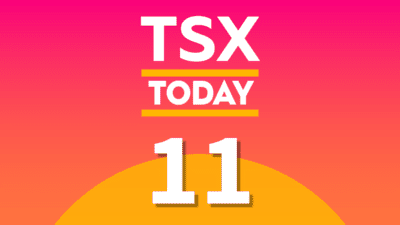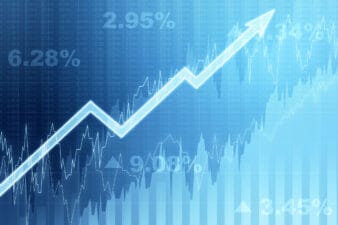The Canada Revenue Agency (CRA) pegs the contribution limit for the Registered Retirement Savings Plan (RRSP) at 18% of earned income. While the percentage has remained constant for years, the maximum dollar amount increases annually. Thus, for 2022, the important RRSP update is the higher $29,210 contribution limit.
RRSP users have 60 years after the end of 2021 to contribute for the previous year. Hence, mark your calendars and highlight March 1, 2022, as the deadline for the 2021 taxation year.
Great retirement savings vehicle
The RRSP is a great retirement savings vehicle, but users should monitor their contributions and never overcontribute to avoid paying penalty tax (1% per month). If you didn’t use up your limit last year, it carries forward indefinitely. The best part about this tax-deferred investment account is that contributions are tax deductible.
Some RRSP users take advantage of higher contribution rooms because tax-sheltered savings grow faster. However, you have to think twice about withdrawing funds from your RRSP. Aside from paying taxes every time you withdraw, your contribution room is gone for good.
Qualified investments
Qualified investments mean the assets you can hold in an RRSP. Besides, cash, users can store bonds, GICs, mutual funds, ETFs, and stocks. Most RRSP users prefer dividend stocks, because of higher returns and recurring income streams. If you plan to contribute to your RRSP this year, make sure you won’t need the money anytime soon.
The ideal investment options for RRSP investors are none other than Royal Bank of Canada (TSX:RY)(NYSE:RY) and Canadian Utilities (TSX:CU). You have a pair of companies that will you whole on your dividend income. Canada’s largest bank has a dividend track record of 151 years, while the utility stock has raised it dividends for 49 consecutive years.
Buy and forget
RBC announced an 11% dividend hike in December 2021 and plans to repurchase $5.68 billion worth of shares. As of January 11, 2022, the share price is $143.79, while the dividend yield is 3.39%. This bank stock is a buy-and-hold, if not a buy-and-forget asset.
The $185.46 billion bank has been reaching out to the Bank of Canada lately. Its CEO, David McKay, wants the Feds to take “rapid action” with multiple interest hikes to bring inflation under control. McKay said, “We’ve never really gone back as a society and reduced wages because inflation was temporary.”
Growing dividends
If Canadian Utilities raise its dividends in September 2022, the utility stock will become the TSX’s first Dividend King. A company earns Dividend King status if it has raised its dividends by 50 consecutive years. The $9.39 billion company operates through utilities, energy infrastructure, and retail energy.
The core mission of CU is to build a global portfolio of utilities and energy infrastructure assets that consistently delivers operational excellence and superior returns. One thing that’s certain about Canadian Utilities is the rock-steady dividend. At $35.52 per share, the dividend offer is 4.98%. Assuming you have a 15-year investment window and invest $150,000, your capital will compound to $310,949.44.
Don’t miss the deadline
RRSP users should be mindful of the new contribution limit and the deadline for contributions for the 2021 taxation year. You’ll have to wait for next year if you miss the deadline.







